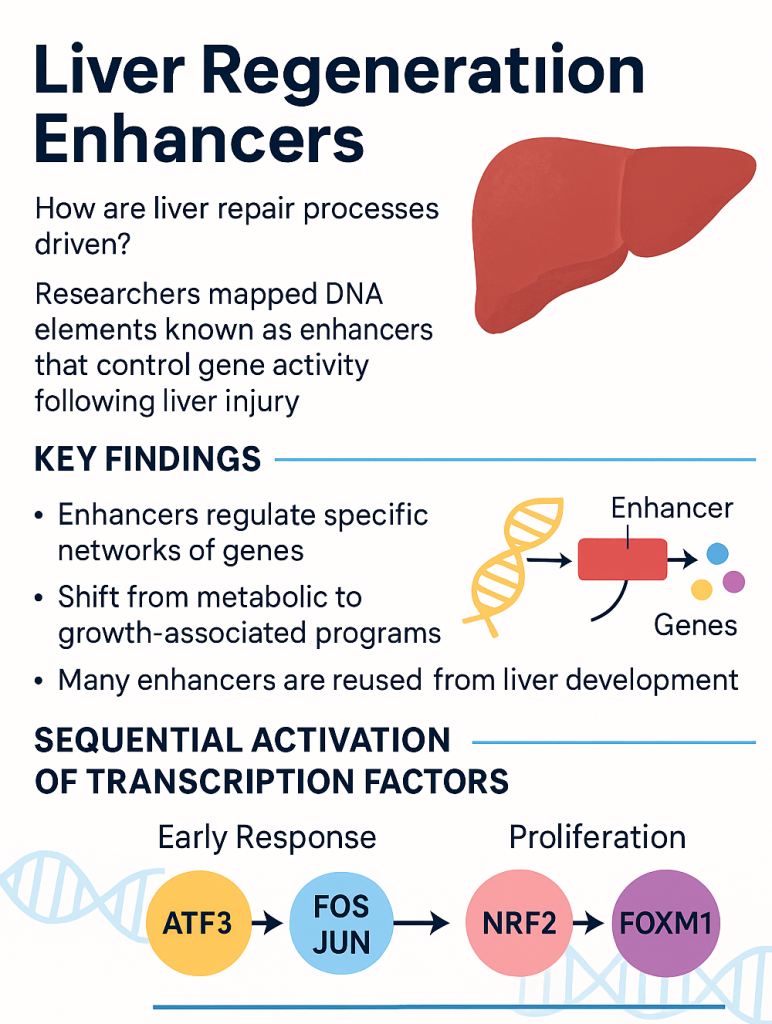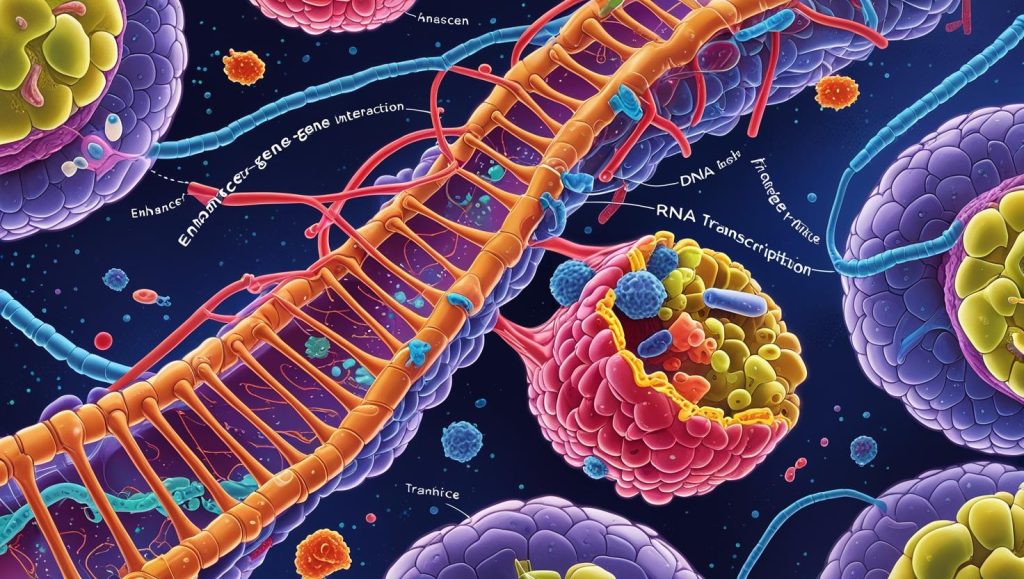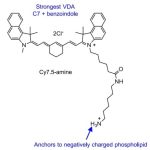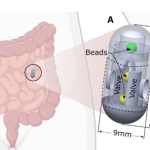In a groundbreaking study published in Cell Genomics, researchers have uncovered how liver regeneration enhancers orchestrate the organ’s repair process following injury. This discovery could pave the way for new regenerative medicine therapies, especially for patients suffering from liver failure or chronic liver diseases.
The liver’s remarkable ability to regrow after damage has long fascinated scientists. Now, a research team led by Dr. Montserrat Corominas at the University of Barcelona has mapped a genome-wide atlas of enhancer-gene interactions active during the early stages of liver regeneration in mice.
What are Liver Regeneration Enhancers?
These are specific DNA elements—called regeneration-responsive regulatory elements (RREs)—that switch on vital genes when the liver is damaged. The study identified two types of enhancers:
- Regeneration-specific enhancers: Activated only after injury.
- Reused developmental enhancers: Reactivated elements originally used during liver development.
“Enhancers act like molecular switches,” said Dr. Corominas. “Our study shows that some are unique to regeneration, while others are borrowed from the liver’s early growth stages. Together, they reprogram hepatocytes for repair.”
Key Findings
- Sequential Activation of Transcription Factors: Early response factors like ATF3, FOS, and JUN are activated first, followed by NRF2 and FOXM1 that drive cell proliferation.
- Switch from Metabolism to Proliferation: Enhancers suppress lipid metabolism genes and activate cell division programs.
- Enhancer-Gene Interaction Map: Over 15,000 enhancer-gene pairs were predicted using advanced 3D chromatin models.
- Potential Clinical Use: Reporter assays confirmed that several enhancers can be triggered by external stimuli—opening the door to gene therapies.
Future of Regenerative Medicine
This discovery not only enhances our understanding of liver regeneration enhancers but also introduces the possibility of artificially activating these elements in damaged tissues using gene editing tools like CRISPR or targeted transcription factors.
“This is a powerful step toward creating precision therapies for liver repair,” said co-author Dr. Isabel Fabregat. “It’s like unlocking the body’s own repair manual.”
Why It Matters
Liver diseases affect over 2 million people globally each year. The ability to target regeneration enhancers could offer safer, more natural alternatives to liver transplants or synthetic drugs.

Reference:
Llorens-Giralt, P., Ruiz-Romero, M., Nurtdinov, R., Herranz-Itúrbide, M., Vicent, G. P., Serras, F., … & Corominas, M. (2025). Sequential activation of transcription factors promotes liver regeneration through specific and developmental enhancers. Cell Genomics. DOI: 10.1016/j.xgen.2025.100887







